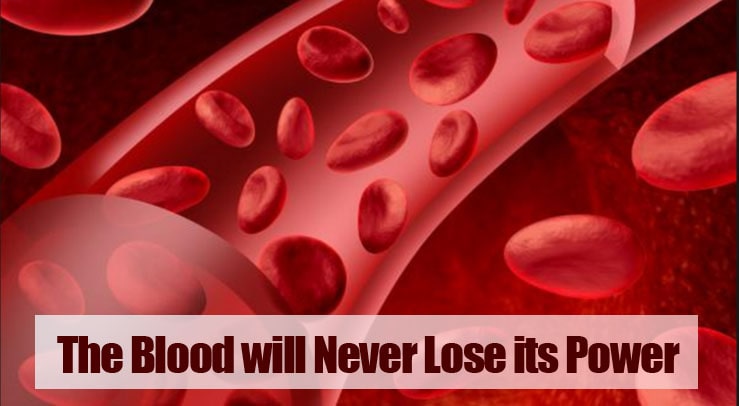sually, Blood is an important fluid for the body. It is thicker than water and slightly sticky. Blood temperature is about 38 degrees centigrade. It is one degree higher than body temperature.
The amount of Blood depends mainly on the size and weight of a person. A person weighing about 70 kg has about 5 to 6 liters of Blood in his body. Blood has three important functions.
However, in this article today, you will know the Blood will never lose its power.
How to play the Blood will never lose its power?
Blood carries oxygen from the lungs to the body’s cells, and oxygen metabolism occurs. Carbon dioxide produced during metabolism brings Blood back to the lungs.
Also, Blood supplies nutrients to the body’s cells and transports hormones. It also removes waste products from the liver, kidneys, or intestines, for example.
Blood helps to balance certain values of the body. For example, it ensures the correct body temperature. On the one hand, the liquid part of the Blood – occurs in the blood plasma.
It can absorb or release heat. Also, the temperature depends on how fast the Blood flows. Also, when the blood vessels dilate.
The Blood flows more slowly, and it encourages the release of heat. When the ambient temperature is low, the blood vessels can constrict. So that as little heat as possible can be given.
The so-called pH value of Blood is also an ideal value for the body. The pH value says something about how liquid is acidic or basic. A constant pH value is very important for body functions.
Is the Blood will never lose it’s power a hymn?
Hard blood components such as so-called platelets and some components dissolved in the blood plasma play a role here. When a blood vessel injures, they spread out together after a short time.
It also confirms, for example, that friction soon stops bleeding. It protects the body from bleeding. White blood cells and certain messengers also play an important role in the immune system.
Blood contains about 55% blood plasma and about 45% different blood cells. Blood plasma is light yellow, somewhat cloudy liquid.
It consists of more than 90% water and less than 10% dissolved matter. Most of them are proteins. Blood plasma contains other electrolytes, vitamins, and nutrients such as glucose and amino acids.
Also, cells are the hardest component of more than 99% of Blood. They are known as red blood cells (erythrocytes) because of their red color.
The rest comes from pale or colorless white blood cells (leukocytes) and platelets (thrombocytes).
Who wrote the Blood would never lose its power lyrics
Andra Crouch wrote that Blood would never lose its power lyrics. So it is true that the Blood will never lose its power.
All the hard components of Blood come from normal anterior cells. In adults, blood cells are mainly produced in the bone marrow.
Different blood cells develop from stem cells to blood cells or platelets through different intermediate steps. Besides, white blood cells, such as lymphocytes, mature in the bone marrow and in the lymph nodes.
Blood flow ends when the cells are full. In addition to mature cells, the number of anterior cells is always low.
Certain messenger substances regulate the production of blood cells. For example, the hormone erythropoietin produced in the kidneys stimulates the production of red blood cells. The so-called cytokines stimulate the production of blood cells.
Conclusion
Blood is an important component of our body. So the Blood will never lose its power. Hopefully, in this article, you have got a complete idea about Blood.
We talk about more Blood
Blood Colloid Osmotic Pressure, From Which Structures do Oxygen Molecules Move from the Lungs to the Blood?, How Does Inflating a Blood Pressure Cuff Affect Brachial Artery Blood Flow?, This Diagram Shows How the Body Keeps Blood Glucose at a Normal Level

